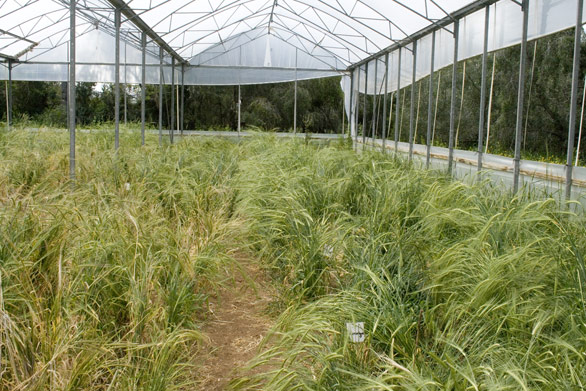In the late 1960s and continuing vigorously today, Nevo embarked upon another long-term research program aimed at unraveling patterns and processes of genetic and genomic diversity and evolution in natural populations of bacteria, plants, fungi, and animals locally, regionally, and globally, i.e., both micro- and macrogeographically, and at the protein, DNA, and chromosomal levels. The main thrust of the program involved the interface between genetics and ecology. It substantiated diverse selection theories at the level of proteins (allozymes) in single and multilocus structures, DNA (RFLP, DNA fingerprinting of miniand microsatellites, RAPD PCR, AFLP, and sequence polymorphism) and chromosomes as the best explanatory models for genetic diversity and divergence in nature. These studies rejected the neutral theory of molecular evolution as a major theory of molecular evolution, and substantiated natural selection as a primary driving force of molecular evolution, as is also true for organismal evolution.



